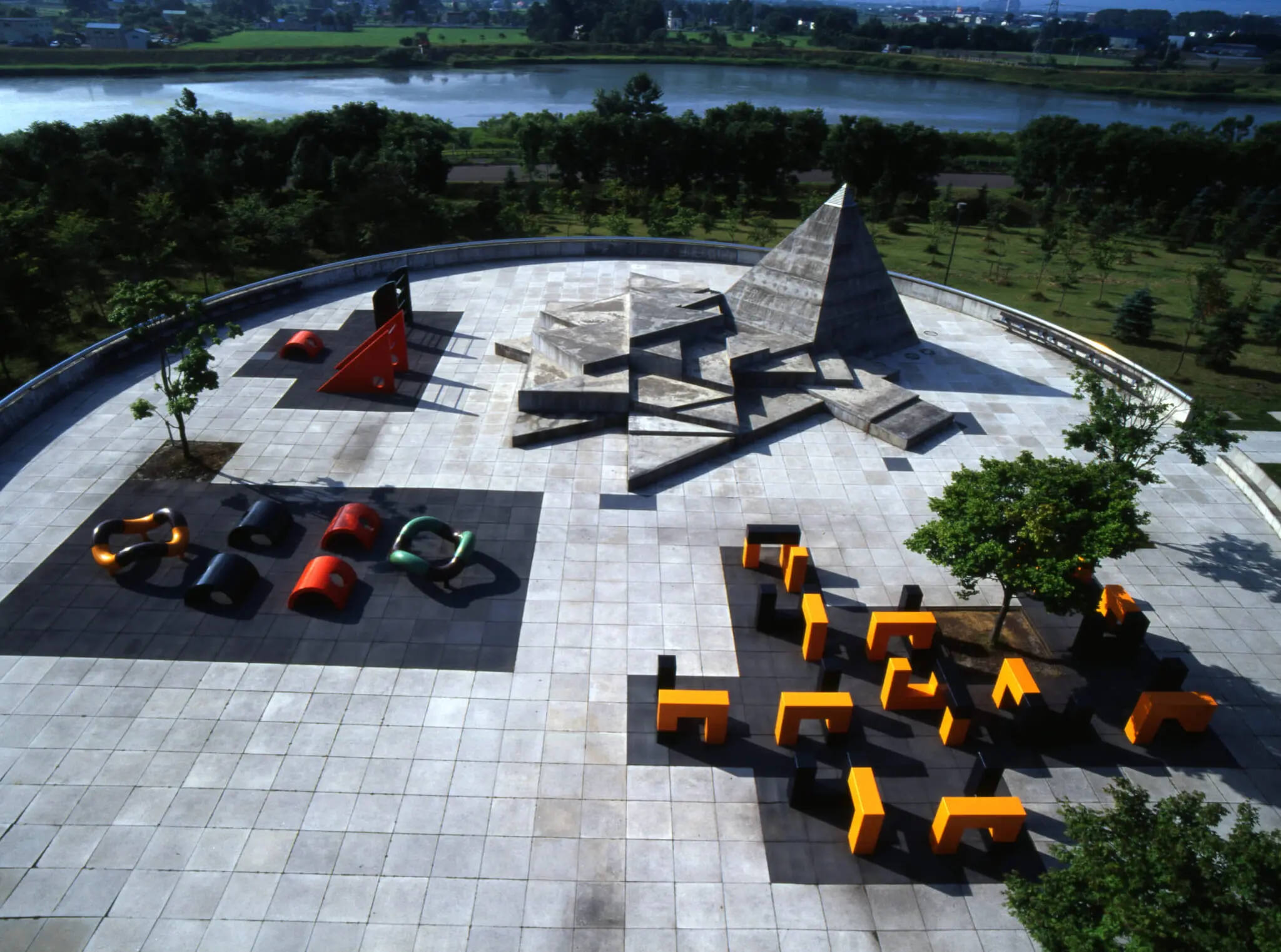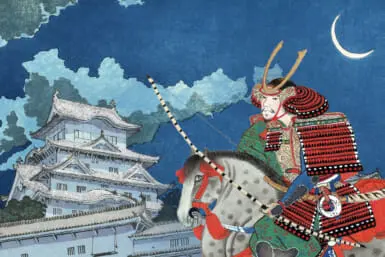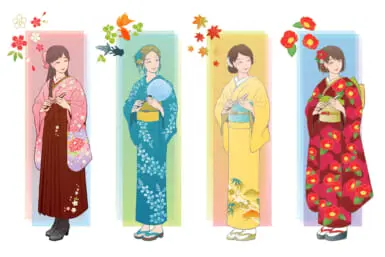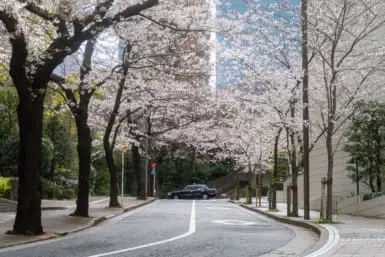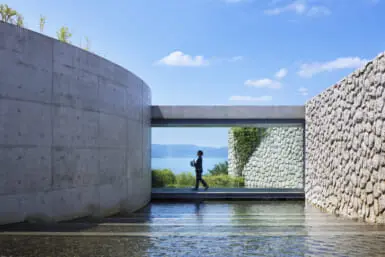This article appeared in Tokyo Weekender Vol. 4.
To read the entire issue, click here.
The rubbish mound at Moerenuma Park is huge. Big enough to spot from afar, it looms over Sapporo, imposing and majestic and pyramid-like. Nothing about it appears rubbish mound-esque, though: The human-made mass is green, inviting and covered with lush grass. It’s situated in the heart of Sapporo’s Moerenuma Park, and to me, it perfectly distills the park’s allure: finding beauty in the unexpected, melding the natural and artificial in ways that surprise and delight.

How Sculptor Isamu Noguchi Came to Design Moerenuma Park
Moerenuma Park comes from the imagination of the acclaimed Japanese American sculptor Isamu Noguchi. Wandering around its vast space will reveal sculptures popping up in the most unexpected places — in the middle of forests, behind pyramids, inside the restrooms. Heck, the restrooms themselves feel like works of art. This is art as it should be, experienced with freedom from judgment, in a wide, open space.
The first time I visited Moerenuma Park was after I’d been traveling to Sapporo regularly for four years. All my local friends took the place for granted; it was never mentioned when I asked for recommendations or areas to check out. I discovered Moerenuma when a friend from Tokyo told me about it, and its understated brilliance blew my mind.
Noguchi was commissioned to design the park as part of a drive by Sapporo city to increase the number of green spaces in the area while reducing urban sprawl — a fitting partnership, as his work reflects a deep appreciation for the natural world, often blurring the lines between sculpture and landscape, traversing disciplines and materials, from trees to concrete. Noguchi strove to encourage human interaction with nature, creating spaces in which visitors are meant to freely explore and engage with their surroundings.
Unbound by genre constraints, he is widely considered one of the top sculptors of the 20th century.
Noguchi — who passed away in 1988, shortly after finishing the plans — envisioned Moerenuma Park as a space where art and nature coexist in perfect harmony. Rather than simply placing his artworks around the area, he intended for the whole space to be an artwork.

A Majestic Mountain of Rubbish
When walking or biking around Moerenuma Park, which spans 189 hectares, its expansive geometric design elements are immediately discernible. At its center sits the large hexagonal hill, called Mount Moere.
Mount Moere is made of garbage — non-burnable garbage and construction waste soil, to be exact — and stands 62 meters tall. The park itself is built on the site of a former trash disposal plant. Endeavoring to turn the negative symbol of urbanization into something beautiful, Noguchi and Sapporo city officials worked together to create a hill upon which people could play. Now, it’s a landmark where visitors can play, dog walk, sleep and even sled or ski in the winter.
Climb down the mountain to discover a world of surreality. Even though Noguchi was never tied to a specific artistic practice, the work he chose for the park is geometric and sensory. The sculptor’s own philosophy sees everything as sculpture, and the park embodies this. At first, walking through the park reveals little out of the ordinary, but venture into the trees and you’ll find a strange wonderland.

An Alternative World
The park’s Sakura Forest, which contains 1,900 cherry trees, hides an altogether different world. When I visited a few years ago, I came at nighttime, and the area was deserted and filled with crows. They cawed and shouted, claiming, “This is my land!” in their husky, scratchy voices. As dusk fell, and the children’s play equipment scattered throughout the area sat empty, the woods took on an almost post-dystopian air, in a way that felt surprisingly magical — the ruins of a society reclaimed and made lush once more.
The play equipment Noguchi designed is unlike generic playground equipment. It twists and turns, like Play-Doh squeezed through a square tube, in shades of orange, blue and red. With the addition of crows hopping around their territory, it’s an absurd sight. Following the path through the play equipment area, you’ll find Slide Mountain, a large cone standing several meters tall, carved with two narrow, curved tracks. Climb to the top and slide down the twisting downward paths. As an adult, it looks terrifyingly high, but it’s easy to see why children love it.

Moerenuma Park: Fun in All Weathers
In a typical Japanese fashion, the park is designed with seasonality in mind; surprisingly, given Sapporo’s reputation as a winter wonderland, summer is one of its most popular times, bringing an influx of visitors. That’s thanks to Moere Beach, a shallow, artificial pond thronged by promenades and paved with coral. Head over for splashing and paddling. Sapporo has many things, but it does lack somewhere shallow to kick water and be silly. Moere Beach is a fun, convenient solution.
In winter months, the park is blanketed in a pristine layer of snow, perfect for sledding or cross-country skiing; if you’re more of an indoor type, you can keep warm inside Hidamari, a massive glass pyramid that serves as a symbol of the park, looking down upon the white wonderland below.
After strolling around the space, up its mountains, around its mounds, sliding around the play equipment, even cycling with the rental bikes, it’s natural to want to learn more about the incredible sculptor who made this paradoxical park, and the pyramid is the perfect place. On the third floor of Hidamari, an archive dedicated to Noguchi documents his intent to build a fully interactive park, one that becomes a sculpture itself. It’s clear that Noguchi’s idea was one of happiness, a natural space full of children at all times of the day.
Visiting over 35 years later, you may well experience two contrasting sides of Moerenuma Park. The laughter-filled daylight hours, when children run around, playing in snow, sand or on the grass, and its darker side come dusk, when crows rule the world and cawing marks their mysterious territory. Both sides are worth marveling at.

